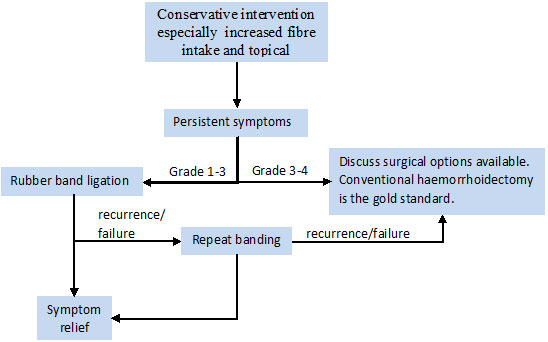Update of H1N1influenza virus
by Tanya Melillo Fenech
Discovery of a virus variant during the 2009-2010 H1N1 influenza pandemic.
Though the 2009 H1N1 influenza pandemic caused thousands of deaths worldwide, the majority of cases were relatively mild.
However studies done by the Imperial College of London, the University of Marburg, the Italian national influenza centre and the Norwegian national influenza centre have resulted in the discovery of a variant of the virus during the 2009-2010 pandemic that carried a mutation termed D222G in a protein ( basically there was a substitution of an amino acid at position 222 of the Haemagglutinin molecule with aspartic acid being replaced by glycine) on the surface of the virus, and people infected with this variant were more likely to have severe and fatal illness.
According to the WHO, the overall prevalence of the D222G mutation is recorded as less than 1.8% of total cases of pandemic influenza A(H1N1) cases, compared with 7.1% of the fatal cases.
Evidence is showing that the mutant virus could have impaired the lungs’ ability to clear out germs since it has an increasing capacity to infect ciliated cells resulting in the cilia stopping from moving. Thus the impaired clearance function allowed bacteria and viruses to reach the lungs more easily potentially being able to cause pneumonia, making this mutant virus more virulent.
New swine flu strain emerges this winter
The pandemic H1N1 influenza virus is currently the predominant influenza virus circulating the southern hemisphere this winter.
Since its emergence in March 2009, the pandemic influenza H1N1 has remained closely related to the first virus detected in California in April 2009 called A/California/7/2001, with little changes in the viruses’ genetic makeup with respect to the glycoprotein haemagglutinin (HA) and neuraminidase (NA) which are present on the surface.
Though some genetic variation was reported – the D222G HA mutation; no clear variant has predominated in any country or region. However a recent report in Eurosurveillance this October is showing that a variant has been detected in this winter seasonal influenza for H1N1, first in Singapore which has then spread to Australia and New Zealand. This new influenza A(H1N1) strain discovered during the current influenza season in the southern hemisphere is called A/Singapore/CC01/2010.
Presently it does not represent a significant antigenic change of the virus but it needs to be monitored further as it may be the start of a more antigenic drift of the pandemic influenza A (H1N1) since several genetic distinct changes have occurred and Winter is now starting in the Northern hemisphere. More studies need to be done to see if this strain is likely to cause more deaths and whether the current vaccine can protect against it completely.


